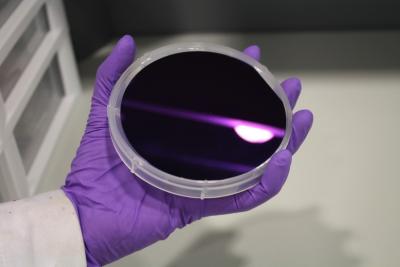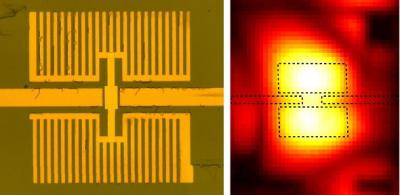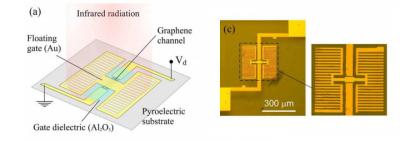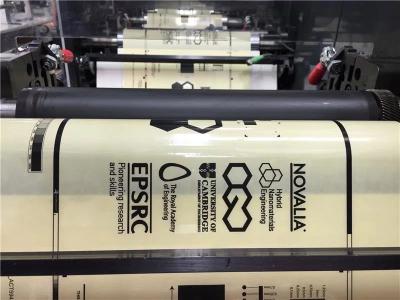Graphene Flagship research teams prepare to test graphene's potential for aerospace applications
The Graphene Flagship has announced preparations for two new experiments in collaboration with the European Space Agency (ESA), to test the viability of graphene for space applications. Both experiments will launch between 6-17th November 2017, testing graphene in zero-gravity conditions to determine its potential in space applications.
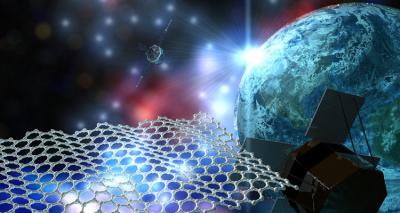
One of the two experiments (named GrapheneX) will be fully student-led, by a team of Graphene Flagship graduate students from Delft Technical University in the Netherlands. The team will use microgravity conditions in the ZARM Drop Tower (Bremen, Germany) to test graphene for light sails. By shining laser light on suspended graphene-membranes from Flagship partner Graphenea, the experiment will test how much thrust can be generated, which could lead to a new way of propelling satellites in space using light from lasers or the sun.
